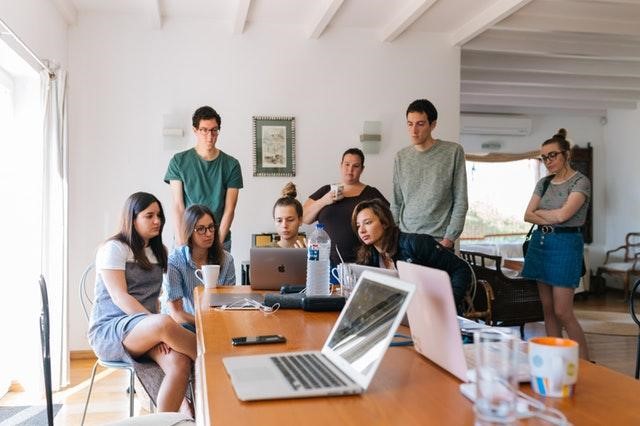Key takeaways
- Many younger people are focusing solely on paying off their student debt before trying to save any money.
- Consider how contributing to a 401(k) might help you pay off your student debt using other people’s money.
- Getting the debt out of the way through a 401(k) loan might be a smart move.
OPM. No, I’m not talking about opium, the heroin derivative. That would be bad. I’m talking about OPM as in Other People’s Money. Why am I saying that? According to a Bankrate.com study, about three-quarters of people have one common regret throughout their lives and it’s how they handled money.

Of particular concern right now is that 1 out of 5 people in the younger generation is focusing totally on paying off their student debt and nothing else. Typically, that’s not a good thing because, if you do that, it means you’re putting all your eggs in one basket.
Using OPM to pay off your student debt
I’m going to share a strategy that I’ve seen at least a dozen young people use to pay off their student debt. It’s not a strategy you hear about very often, but it definitely makes sense. I’ll walk you through it:

It starts with a 401(k). About 50% to 60% of 401(k)s have a matching program, usually through your workplace. The matching—and that’s OPM, not your money—is generally around 3% or 4%. Let’s use 3% for our example.
Let’s say you make $50,000 a year and you put 3% of your income into a 401(k) and there’s also a 3% match. That’s 6%, which is $3,000. About 5 years down the road, you’ll have roughly $20,000 with the added earnings.
A little more than 50% of 401(k) plans allow you to take out a tax-free loan from the account. So, you could take $10,000 out of your plan as a tax-free loan. Then you turn right around and pay off that high Sallie Mae student loan, or one of the other outrageous loans (I’ve seen them as high as 14.5% interest).

That gives you a phenomenal advantage because now you’re paying your loan back to yourself. And here’s the best part: the interest charged when you take out a 401(k) loan is your interest and it goes back into your account. You’re not paying that money to a bank or someone else.
In effect, it’s a 0% interest loan because you’re not actually paying out any interest. You’ll now use the money you were paying to Sallie Mae every month to pay off the 401(k) loan and there’s even more money available. Interesting strategy.
So, if you’re totally focused on putting all your money toward paying off your student debt and not putting any away into a 401(k), it makes no sense. Instead, use other people’s money—your employer is matching your contribution and you can borrow it to pay off your debt.
With this strategy, you’re not just focused on one thing. You’ve got at least two good things going: long-term planning and paying off horrible student debt. Long-term savings will pay off many years in the future and paying off that debt helps you right now.
It’s something to consider if you’re concerned about student debt. But be very careful with this one. I’m not typically an advocate of taking money out of a retirement account, but it might make sense in this case. Until next time, enjoy.
Gary

